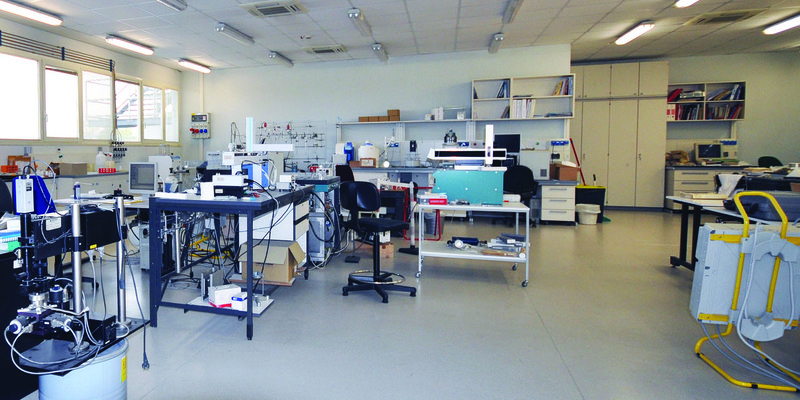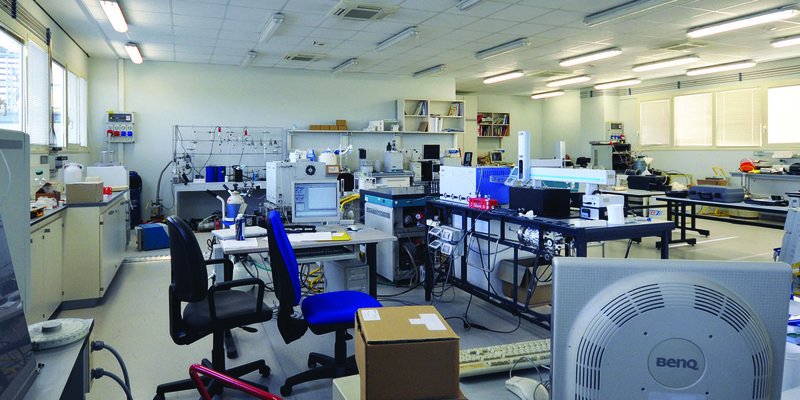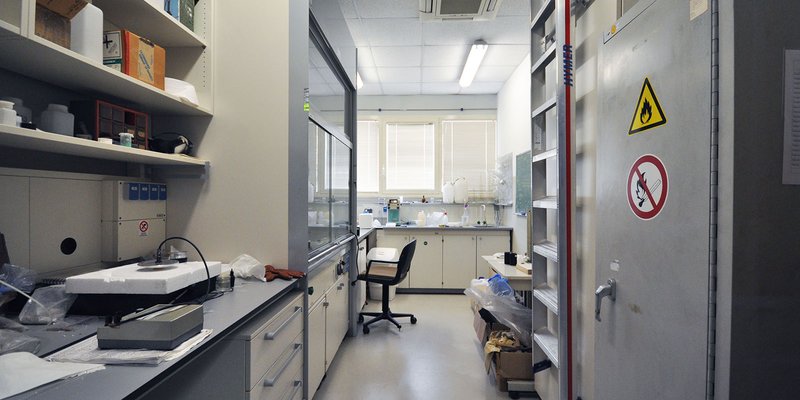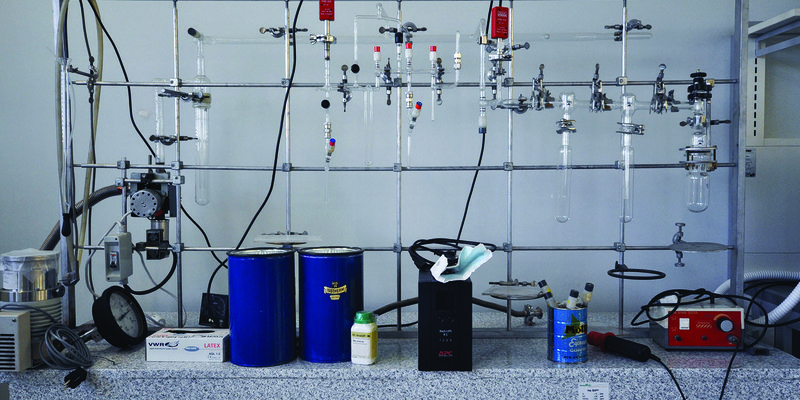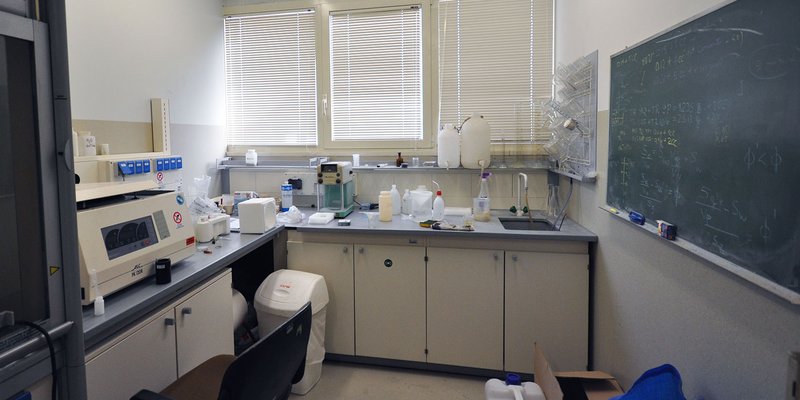Il Laboratorio di Isotopi Stabili si inquadra nel più ampio Laboratorio di Geochimica Ambientale. La strumentazione disponibile permette di effettuare analisi chimiche e misure di abbondanza isotopica degli elementi C, H, N, S, O su varie matrici naturali: acqua, gas, roccia, materia organica. Per tale ragione è possibile sviluppare ricerca diversificata in cui non solo le scienze geologiche e ambientali ma anche quelle biologiche e legate ai beni culturali trovano ampio spazio.
Attualmente, le principali tematiche di ricerca sviluppate riguardano le applicazioni degli isotopi stabili leggeri (C, H, N, O) alla geoarcheologia, ai cambiamenti globali e allo studio delle risorse naturali.

